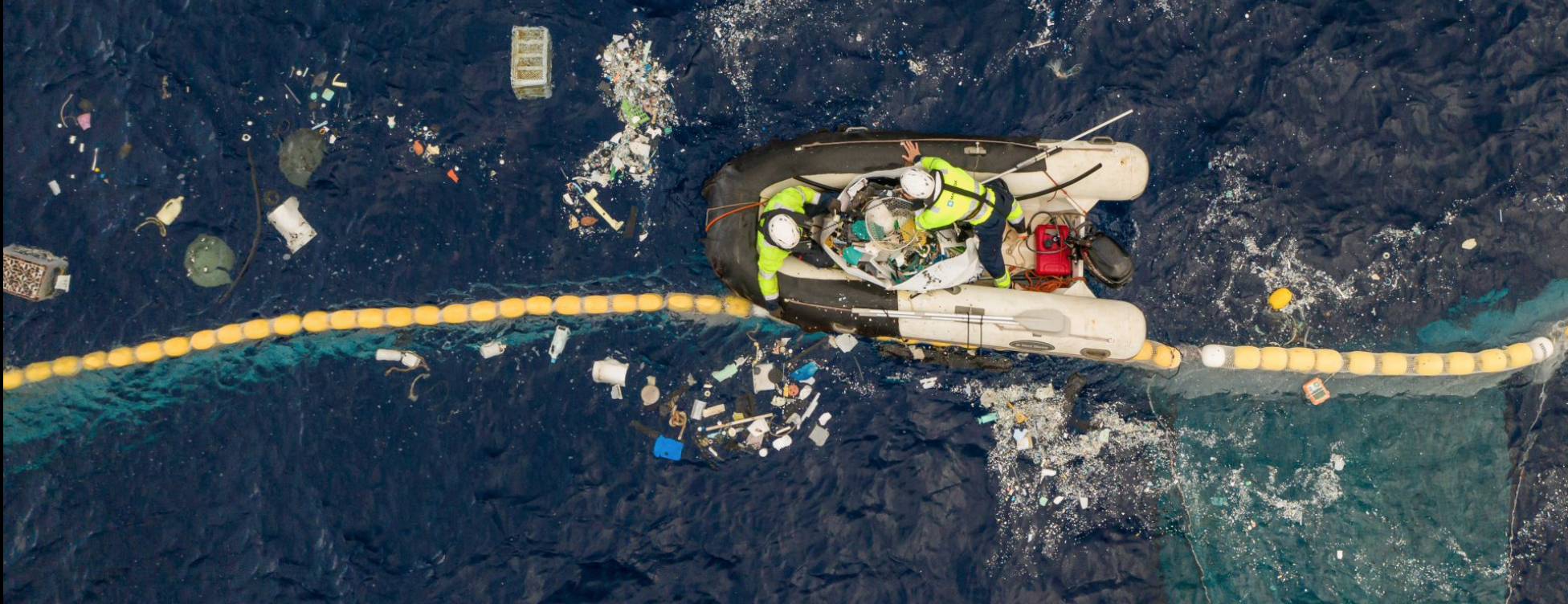
"Our oceans are facing innumerable threats - from overfishing and pollution to ocean acidification and invasive
species - yet we haven't had a blueprint for its use and development, incredible as that seems."
-Philippe Cousteau Jr.

You've probably heard of the no-straw movement, of the countless girls sacrificing their iconic green Starbucks straws in favor or reusable metal straws that arrive in plastic packaging and will eventually only add to the waste on earth as they are either forgotten, damaged, or thrown away after the "Save the Turtles!" movement has faded from the trending pages of social media.
The thing that many people who seriously want to help oceanic conservation fail to consider, however, the fact that plastic straws make up only 0.025% of the more than 8 million tons of plastic dumped into the ocean each year (National Geographic). Thus, while the movement towards reusable metal straws - or better yet, bio-degradable paper straws - is doing something in keeping beaches and oceans cleaner, it is not even half the effort that is actually needed in order to truly make a difference. This movement of people cutting down on straws is overshadowing the need for other plastic use to be cut down as well, such as the plastic cups people use their reusable straws with, or the 100 billion plastic shopping bags used by the U.S. annually (Wall Street Journal). Therefore, while the straw is one easy thing that would be good to cut out of your life, there are plenty of plastic utensils, cups, plates, bags, bottles, and other items used globally that would also make a huge difference if reduced.

Thus, when only 10% of over 300 million tons of the plastic produced each year is recycled, it is clear that the problem goes beyond plastic straws. Because plastics are often so light, if they are not recycled or placed in an appropriate waste bin, water sources can be found anywhere, and thus it becomes easy for a plastic bag or bottle to blow into one of them and find its way to the ocean. There, this plastic sits, joining the 150 million tons of plastic already in the ocean that doesn't degrade, but rather breaks down into smaller micro-plastics which spread further, leaving not even one single square mile of the ocean plastic-free.
As a result, over 800 marine life species are being affected by plastics, their ecosystems contaminated as dead turtles and whales wash up on shore because they starved as their bodies refused to digest the plastics filling their stomachs instead of food. In addition, these animals will be joined by the estimated 60% of seabirds who have eaten plastics, and all of the fish who have ingested micro-plastics as well - fish with plastic in their stomachs that humans consume daily.
The main issue with plastic use is big companies and corporations, all who use and waste the majority of plastic. Many organizations are doing things to help, though, such as the Center for Biological Diversity, which is petitioning for the U.S. Environmental Protection Agency to regulate plastics as pollutants, or Plastic Oceans, an organization dedicated to raising awareness, educating people about, and helping people get involved with oceanic conservation.
One of the most notable efforts to oceanic conservation, however, would likely be The Ocean Cleanup, which is a floating device being used to help clean the Great Pacific Garbage Patch using the natural ocean currents and wind to collect plastic. Read more about it in this Forbes article.
Learn More



SOURCES
The Ocean Cleanup
"The Ocean Cleanup Has Good News, Hopes To Resume Plastic Cleanup Soon", Forbes
"Ocean Plastics Pollution", Center for Biological Diversity
"World Ocean Day 2019: Ocean plastics problem isn't going away, but here's what you can do to help", ABC News